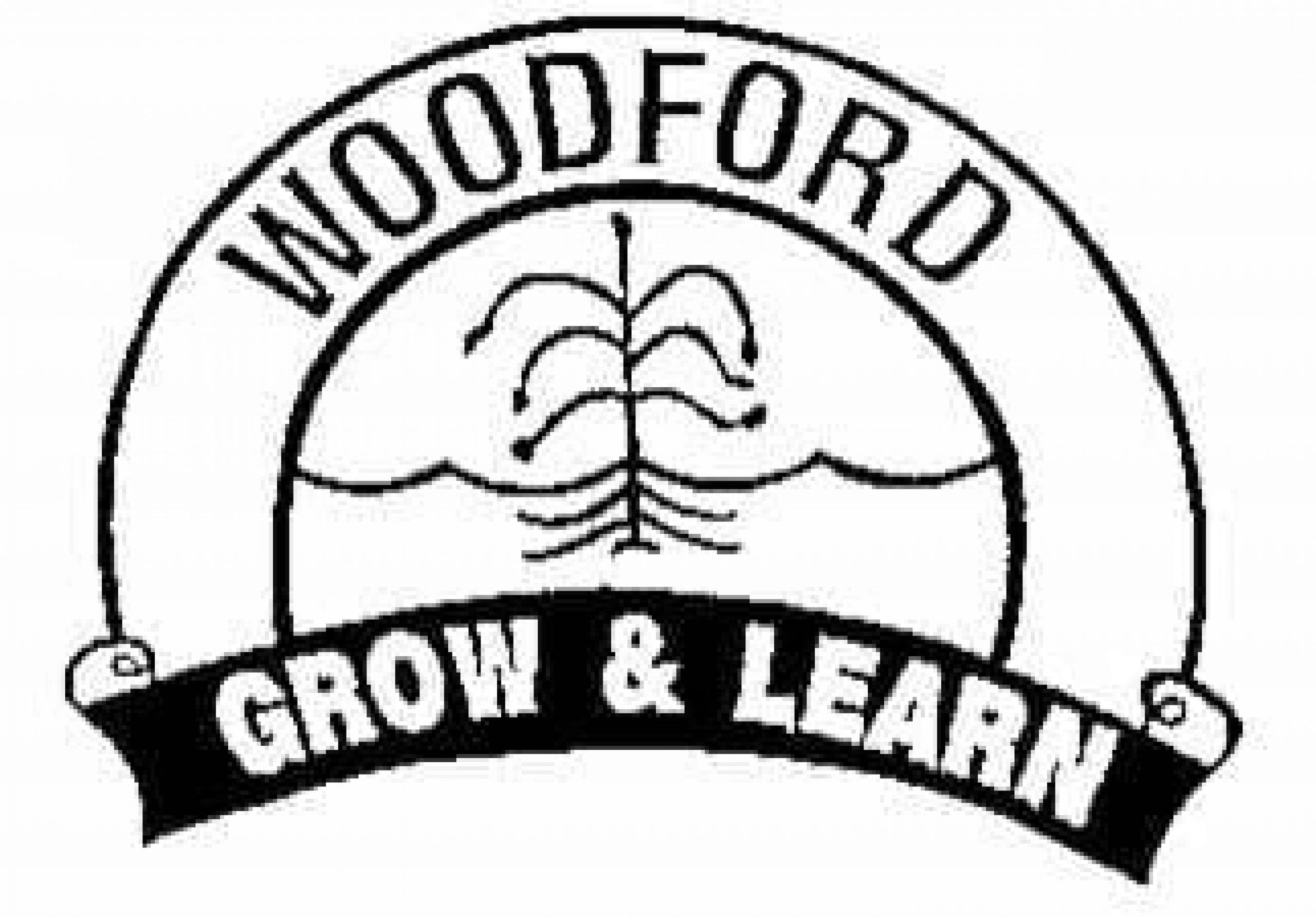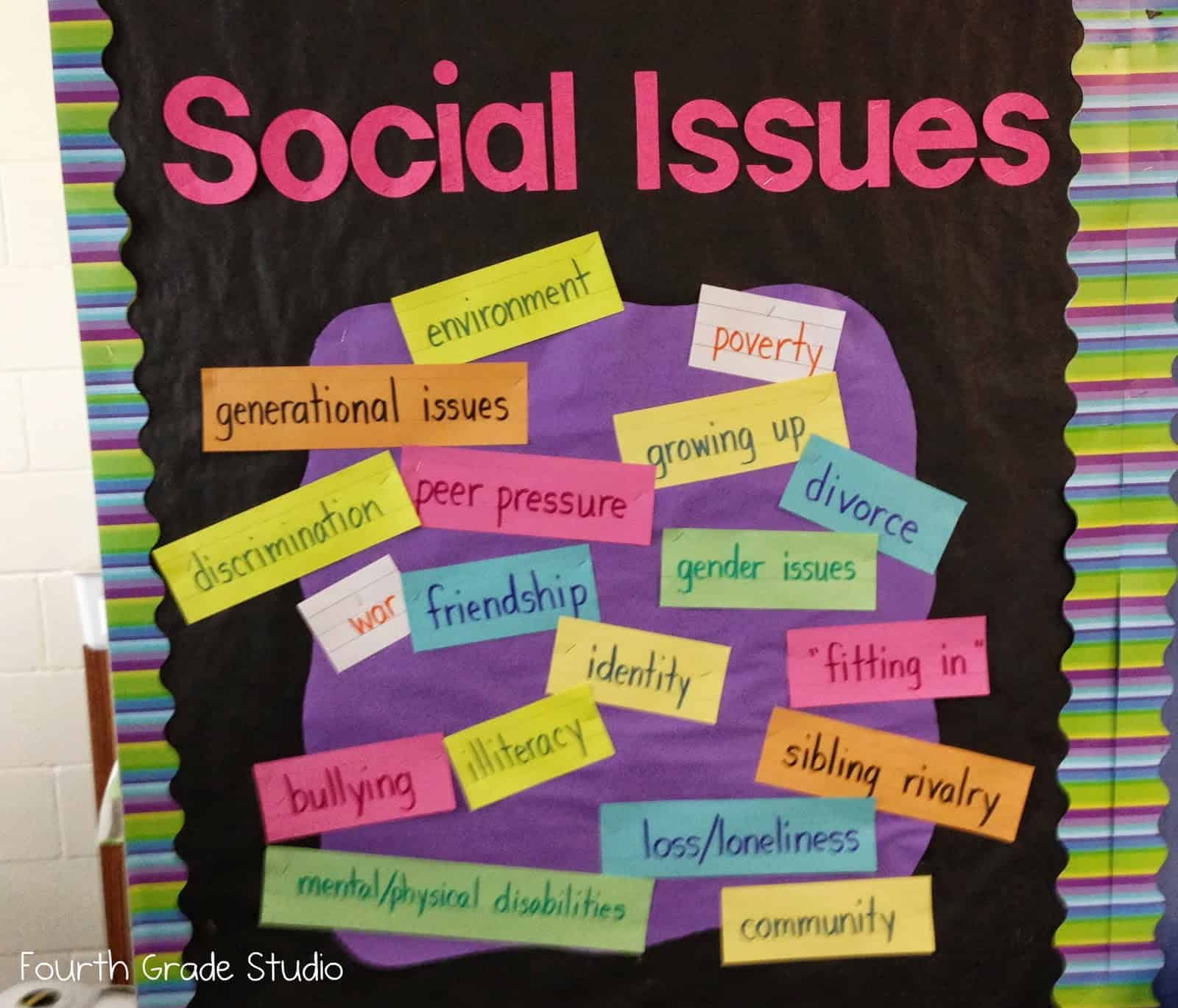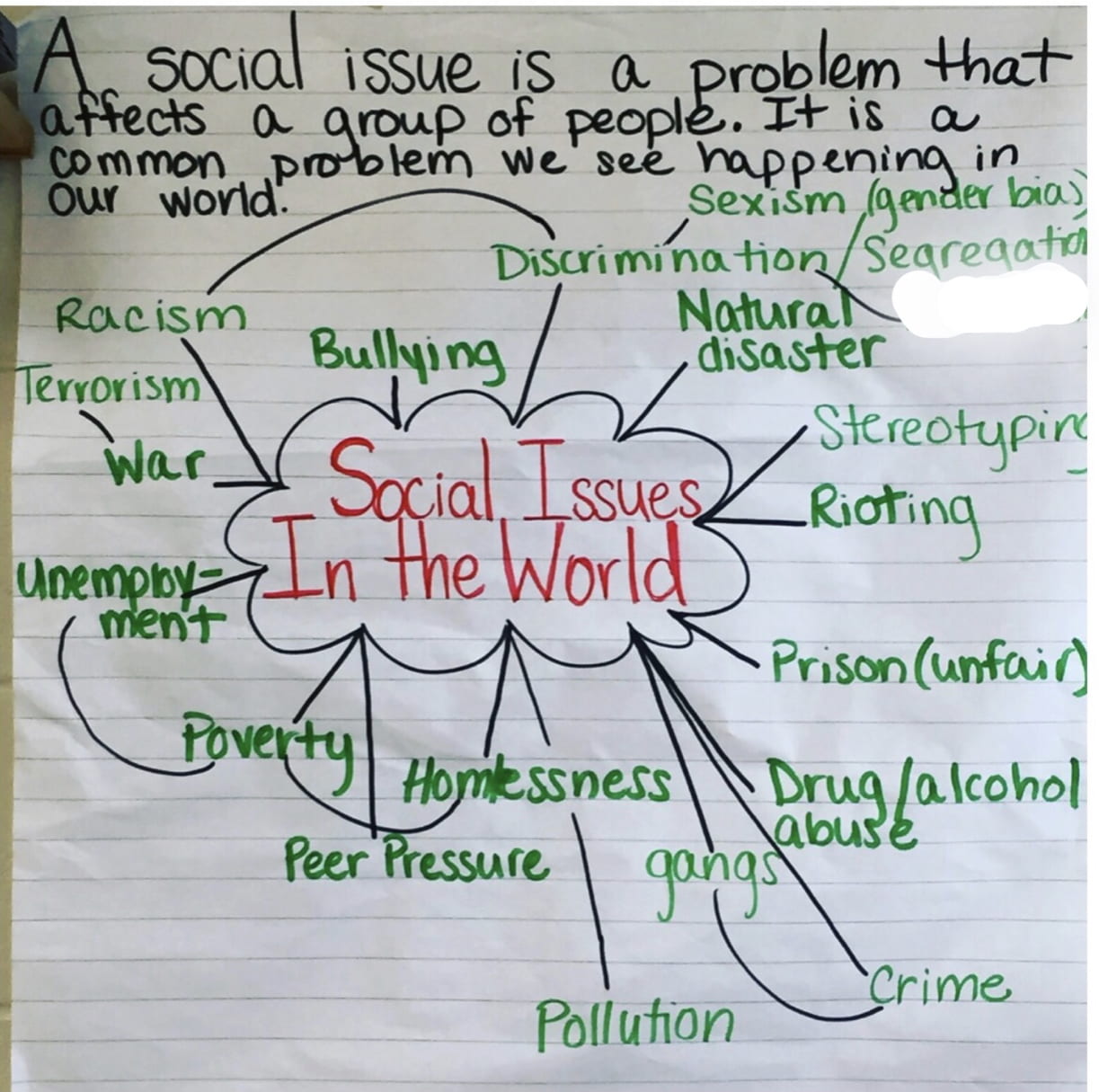



Learning Intention:
We are learning to discuss whether social issues and different cultural groups are accurately represented in a fiction or nonfiction text.
Success Criteria:
I can:
- I understand what a social issue is, and I can find an example in the text.
- I understand what a ‘cultural group’ is, and I can find an example in the text.
- I can locate social issues and cultural groups in the text and compare how they have been represented in the text with my knowledge of the real world.
- I can confidently locate social issues and cultural groups in the text and discuss reasons why the author has represented them as such, when compared with my knowledge of the real world.
What are ‘social issues’?
A social issue is a problem that can influence or affect many citizens within a community or group.
What is a ‘cultural group’?
Culture is a pattern of behavior shared by a society or group of people. Many different things make up a society’s culture. These things include food, language, clothing, tools, music, arts, customs, beliefs and religion.
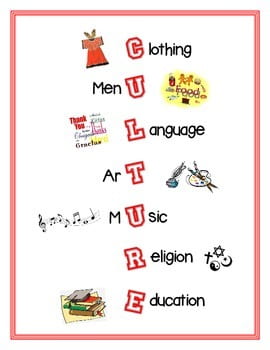

Activity:
- Read your Biographical text.
- Make a list of all the ‘social issues’ and ‘cultural groups’ you can by skimming and scanning back through the entire text, or just remember them from the text. It might be easier to make a table in your book like this:
| Social issues | Cultural groups |

Click here to view a larger picture of the above chart.
- Print off the proforma linked below or rule it up in your book and record your text evidence in the column. Don’t forget to include the page number of the book to indicate where you found your text evidence – (so your teachers can double check if necessary).
- Try and discuss one social issue or cultural group each day using the proforma below.
- Lastly, put yourself in the shoes of the author of your text and come up with reasons why the social issue or cultural group you identified today is/isn’t accurately represented in your text.
Click here to find this week’s Learning Task Proforma: Cultural group / Social issues Proforma
Work Sample: 
Click here for a bigger view of the work sample.


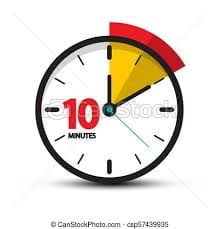
Free Choice Spelling Activity, Choose a free choice activity from your homework grid or the grid below. Make sure you practice as a dictation is coming up TOMORROW

Learning intention:
We are learning to make our writing as descriptive as possible, using repeated attempts.
We can:
- Write a descriptive ‘show, don’t tell’ paragraph
- Include descriptive information using the 5 senses
- Modify words in a previous draft with synonyms
- Experiment with Figurative Language
Today’s Activity: Show, Don’t Tell – Descriptive Writing Challenge
The challenge is to create the most descriptive paragraph that you can, but you need to have 3 attempts at the same topic. The boxes below increase in size, to indicate how much effort is required at each stage.
As an added (optional) challenge, descriptions and details from early attempts cannot be used in later attempts. Instead, try to build on previous descriptions using synonyms, the 5 senses, and other forms of figurative language.
You can use the template below (if you like), or just have a go on paper or in your homework books. Try and complete this task on a single page, then the teacher quickly see that each ‘attempt’ is larger than the previous.
Show dont tell descriptive challenge
Are you ready for the TOPIC of the CHALLENGE…? – Good Luck!!
It was the most disgusting sandwich in the world…and I had to eat it.

Here are some ideas for adding extra description using examples of Figurative Language.
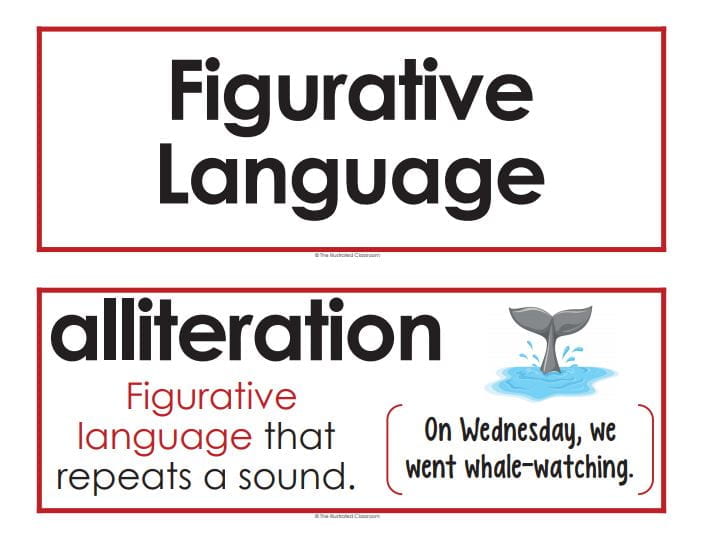

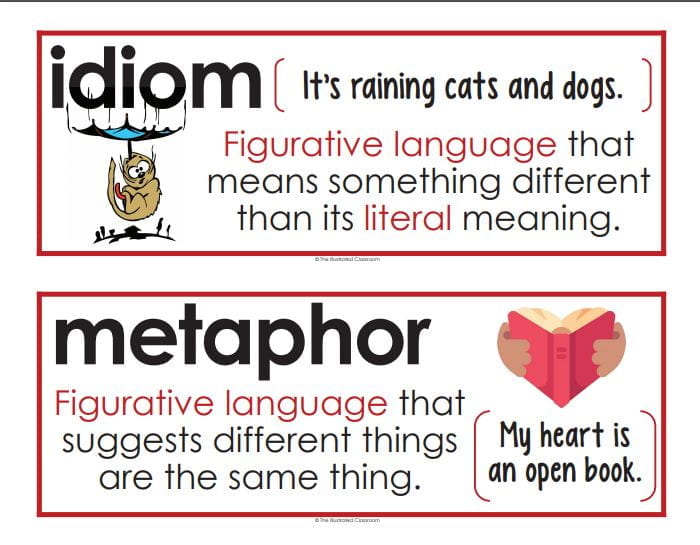
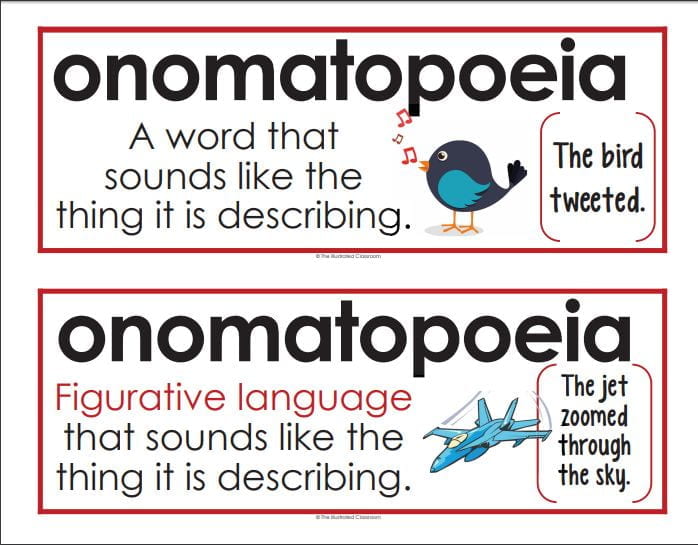

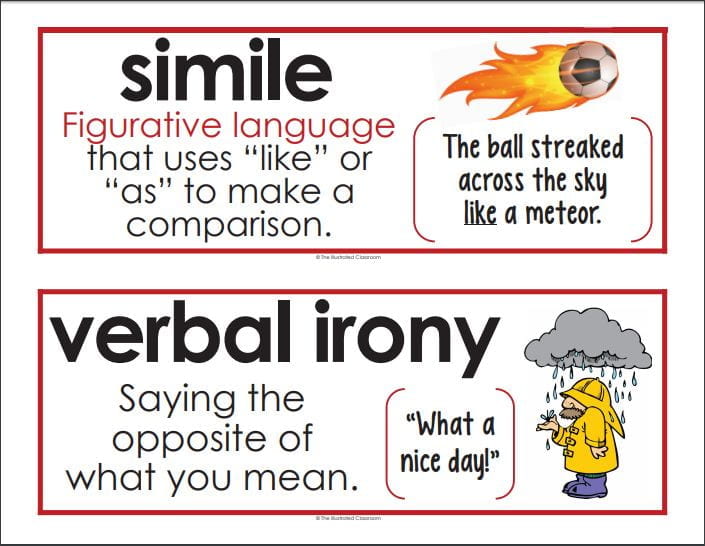

 Practice your counting goal backwards!
Practice your counting goal backwards!

Multiplication Warm up game: Choose a number you want to multiply to. (eg 32). All the balls in the line will have factors that multiply to 32, you have to shoot the ball towards it’s factor pair to make an answer 32. (eg 32×1=32, 16×2=32)
 Today we are focusing on revising all of our multiplication skills.
Today we are focusing on revising all of our multiplication skills.
Essential Assessment Sheets: Here are some areas to practise for revision. If you get your groups work done, feel free to do any other areas you need to practise.
Group 2: One and 2 digit multiplication and Multiples and Factors
Group 3: Factors and Multiples
Multiplication and Division

